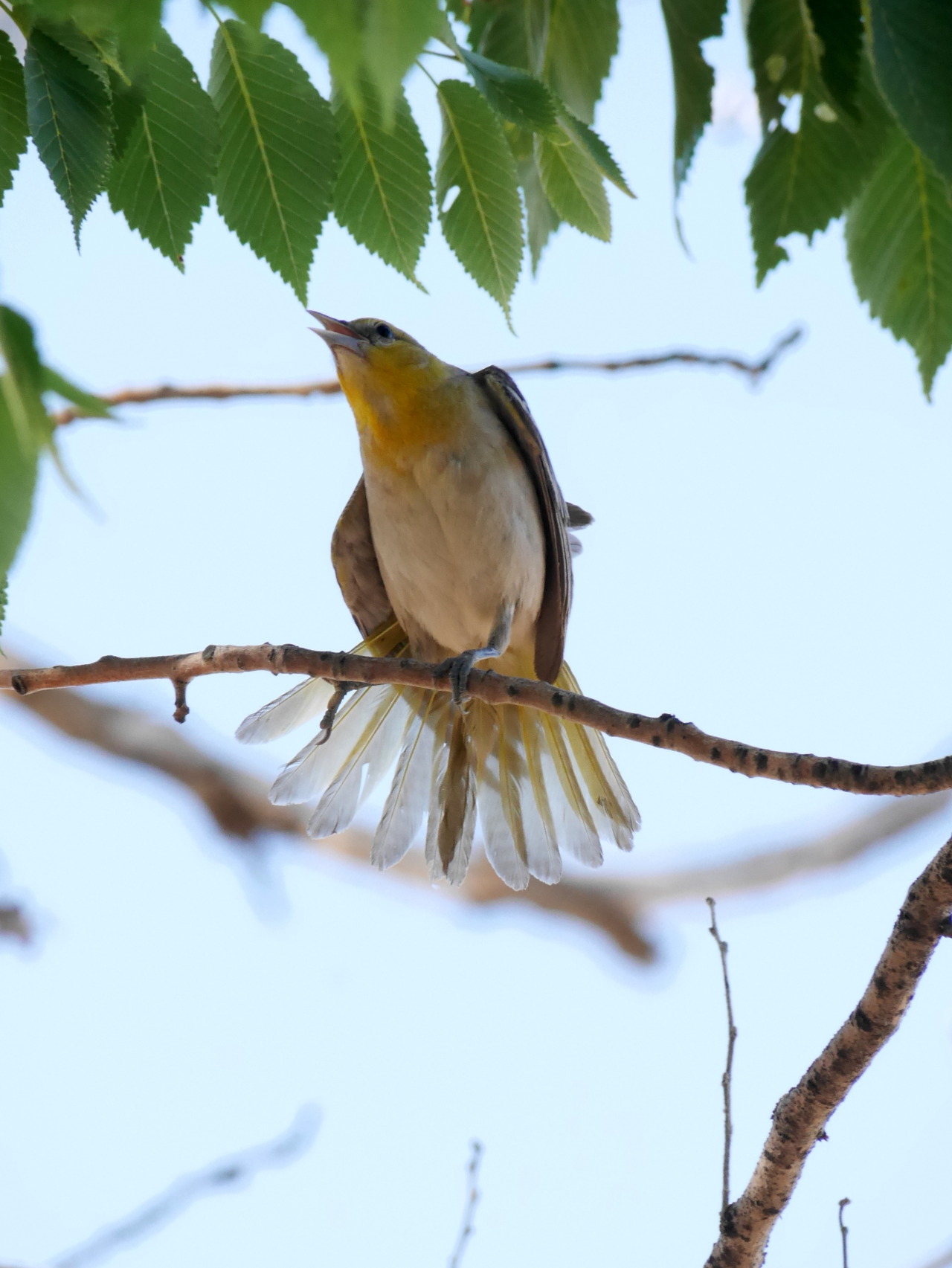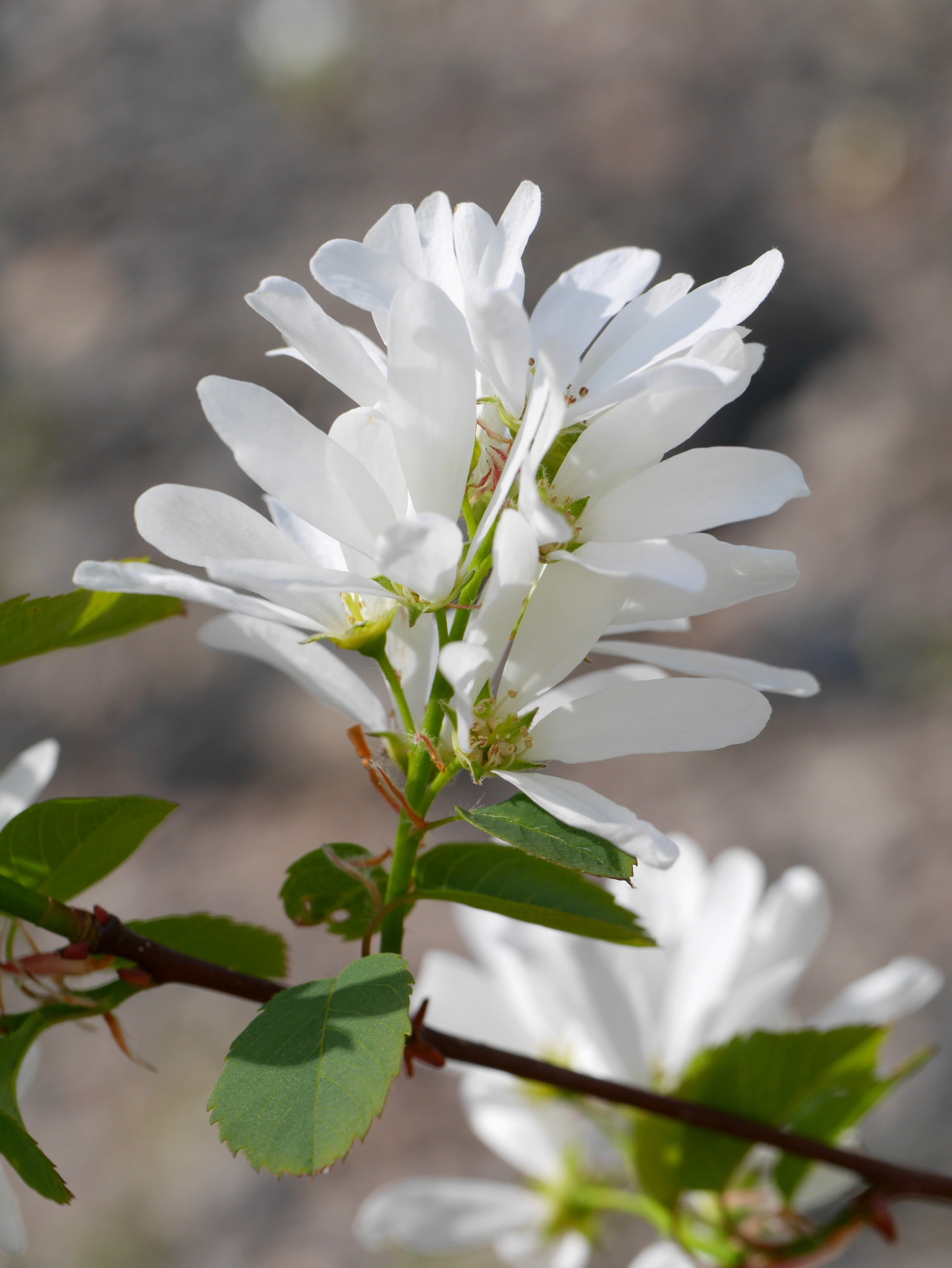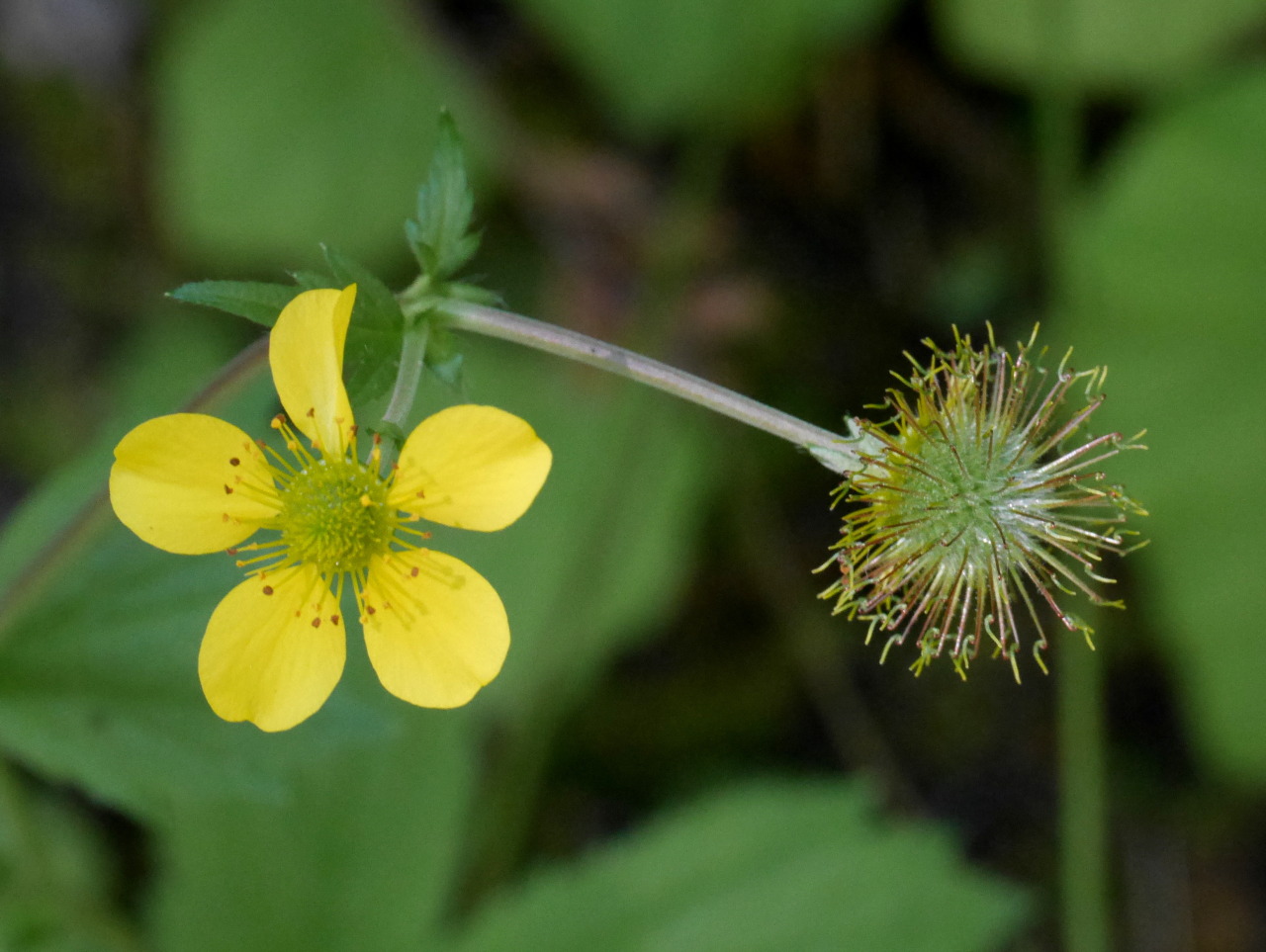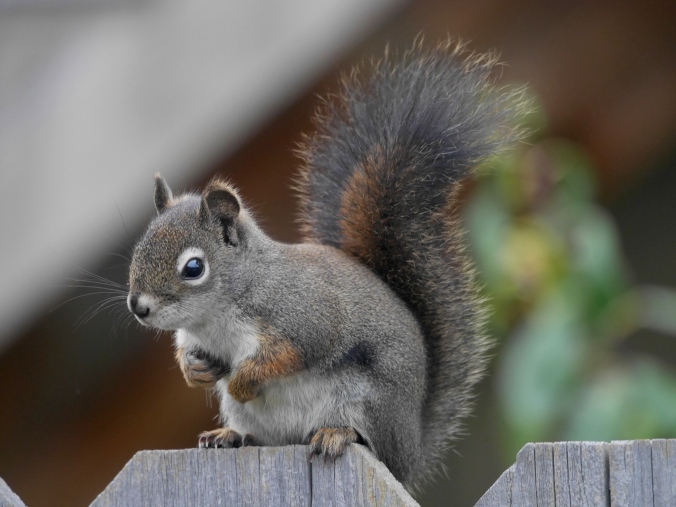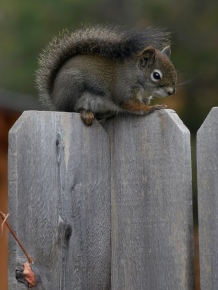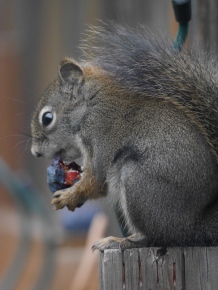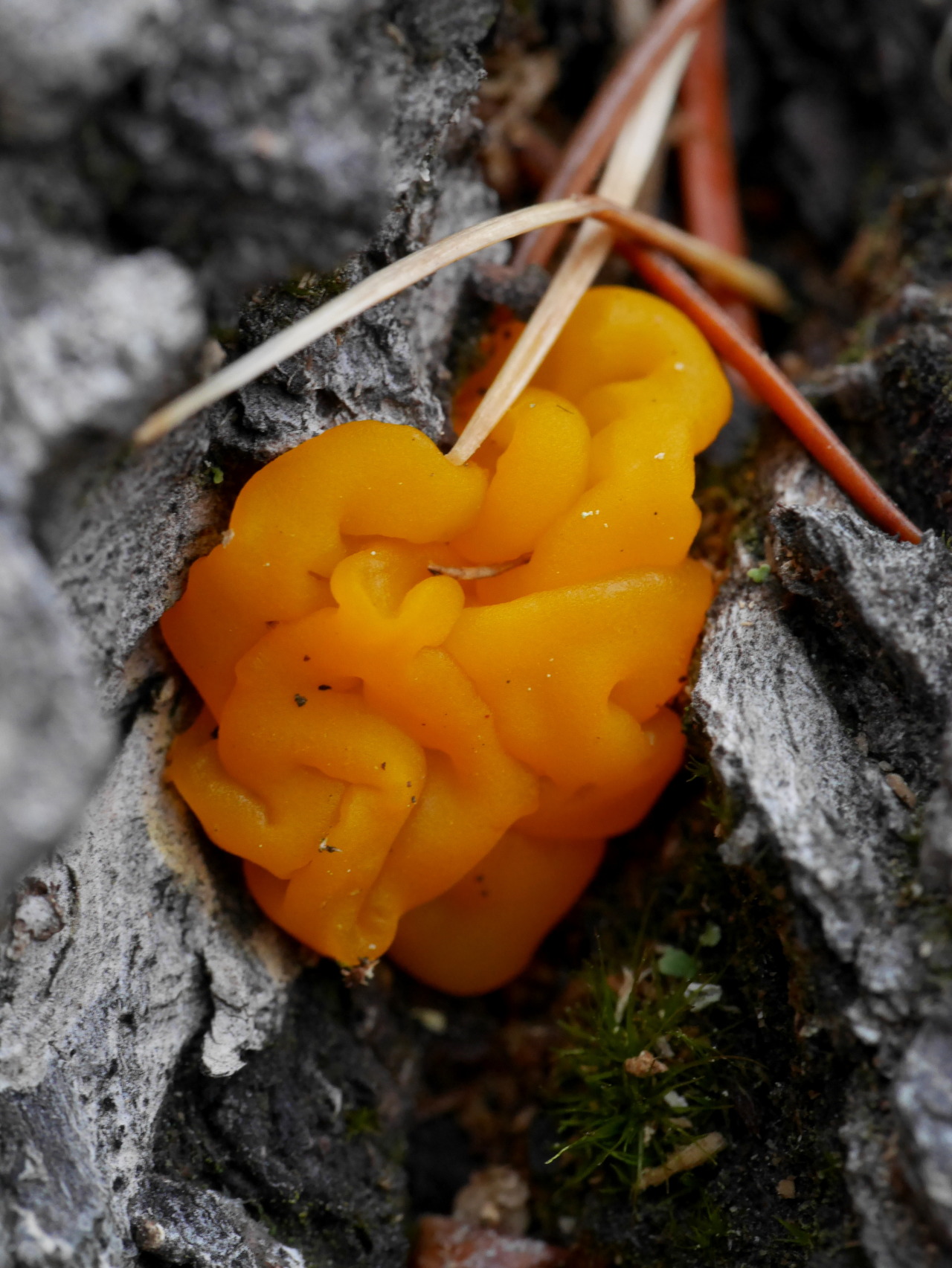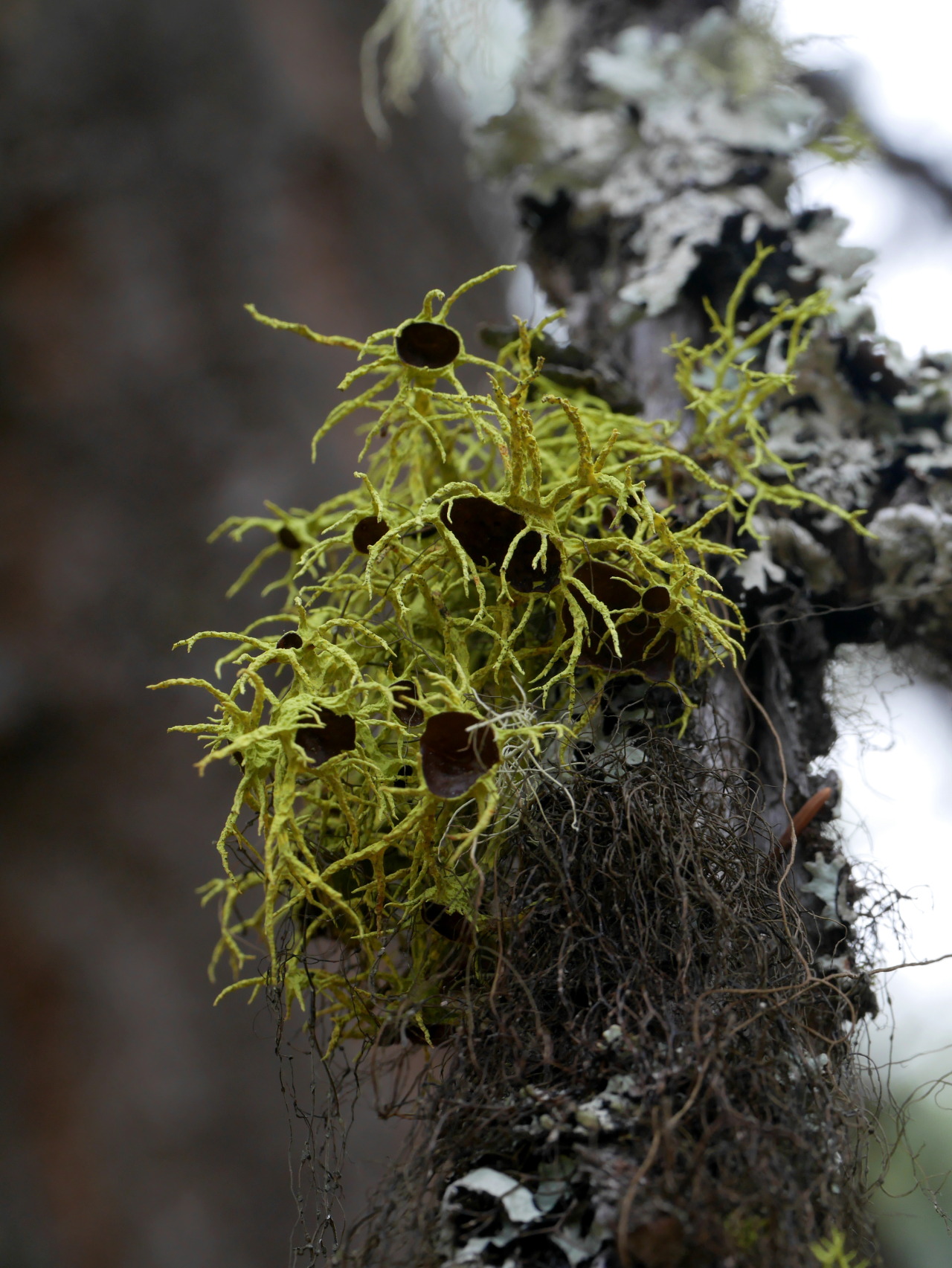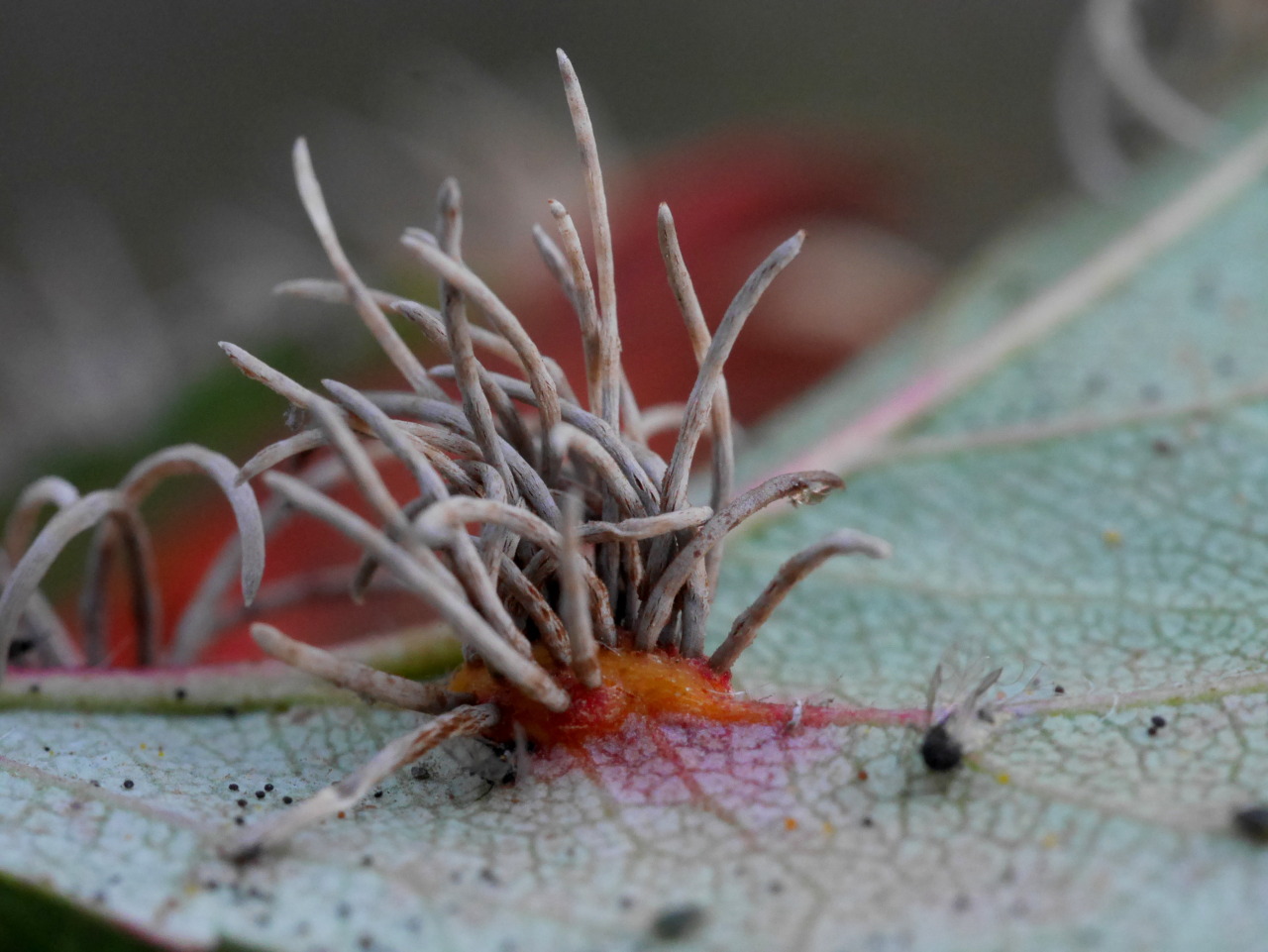
Acraspis macrocarpae “Jewel Oak Gall Wasp” gall, Cynipidae
Missoula, MT
October, 21 2015
Robert Niese
Female jewel wasps are adorable, wingless, pudgy little things when they emerge from these galls in October. Here’s another picture of these cuties for good measure. These unique organisms reproduce in cycles of alternating generations of all females and generations with both sexes. In years with only females, the wasps reproduce parthenogenetically. Apparently, parthenogenetic galls are different in size, shape, and color than their sexually-produced counterparts. I was unable to find specific information regarding this phenomenon in Acraspis macrocarpae, but most accounts suggest that only females occur inside these particular galls, which leads me to believe they may be the sexually-produced versions of these oak galls. Perhaps next year, we’ll see a completely different variety of gall on our local oaks! I’ll be sure to update you all next fall.
Also, fun fact, this species of gall wasp was originally described by Alfred Kinsey, the world-renowned human sex scientist! It’s true! Before studying sex, Kinsey collected more than 7.5 million galls and wasps and named dozens of species. Of the 18 million insect specimens currently housed at the American Museum of Natural History, nearly a third are from Kinsey’s dissertation! His work not only revolutionized our understanding of this wasp family, but also had profound impacts on the ways we conducted phylogenetic and entomological analyses. Read more about his fascinating work as an entomologist here.
